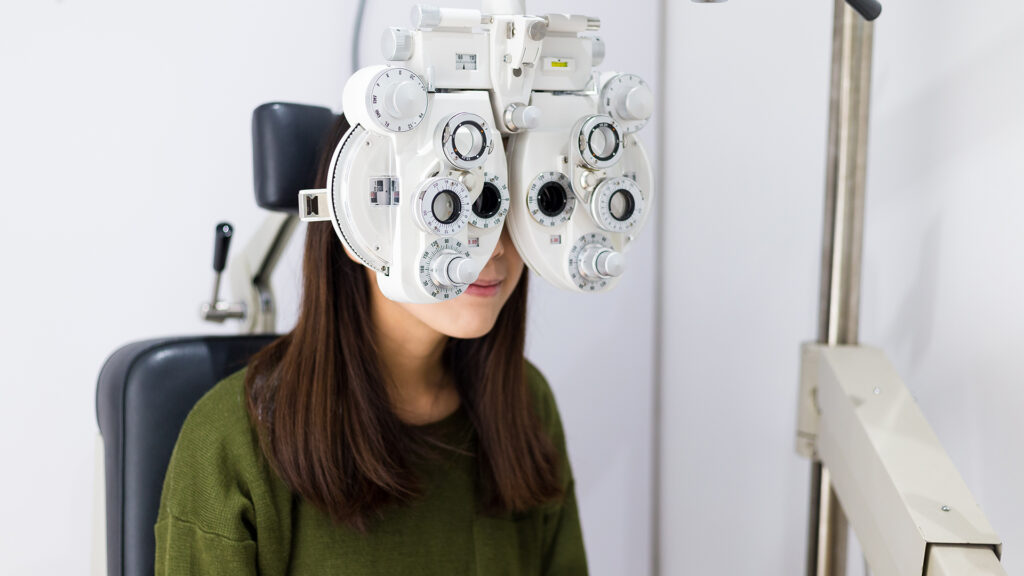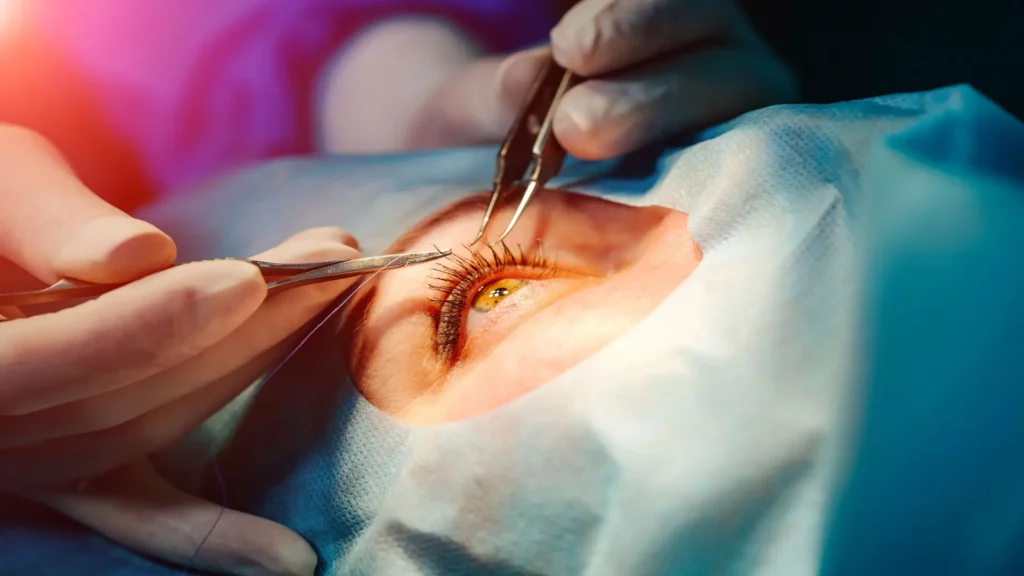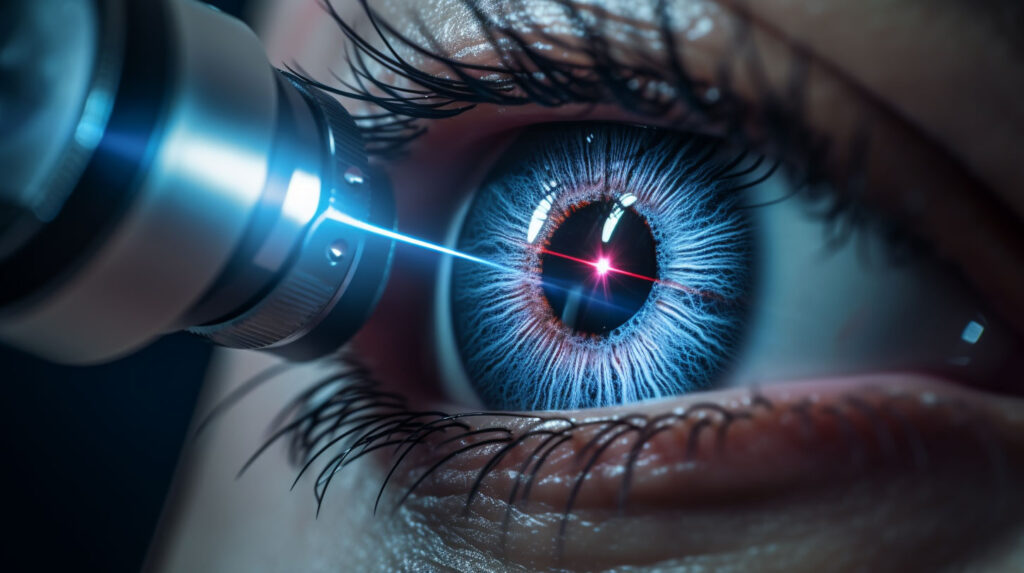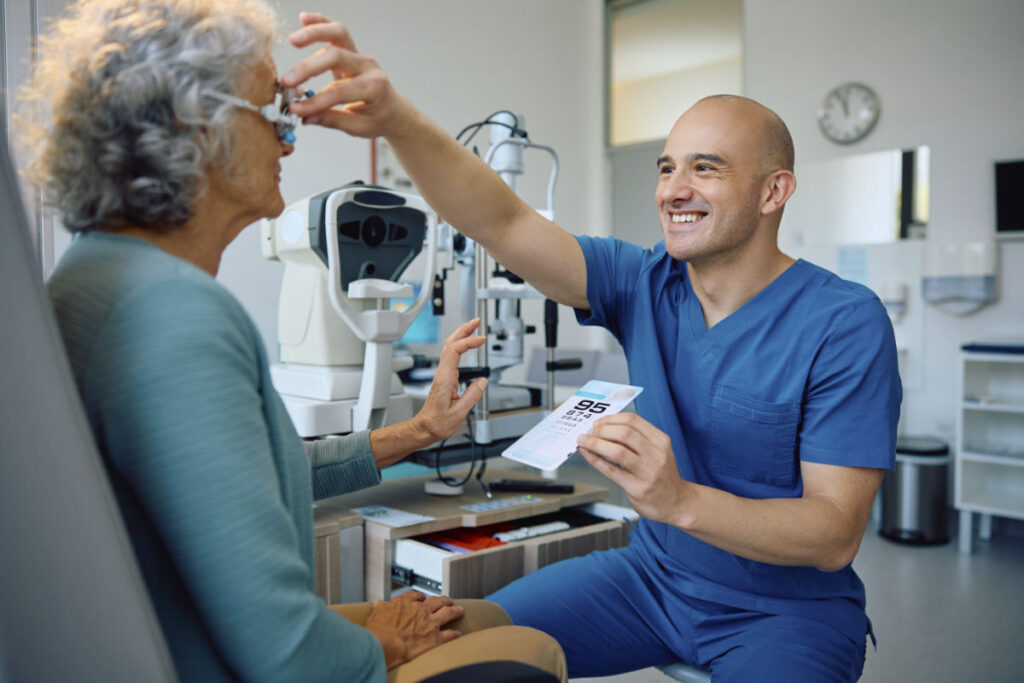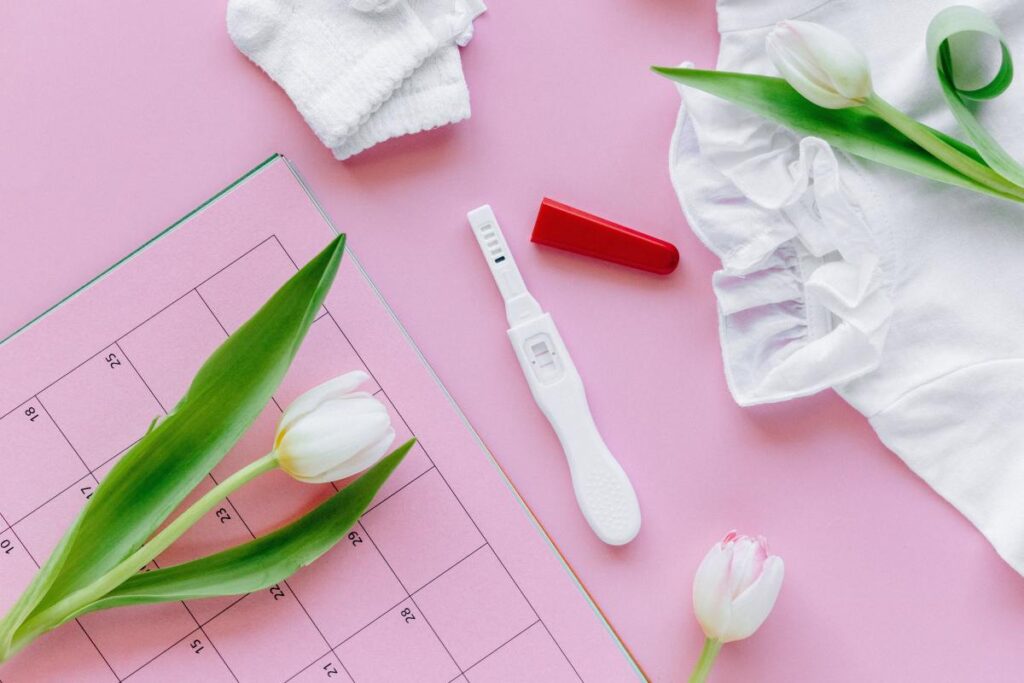
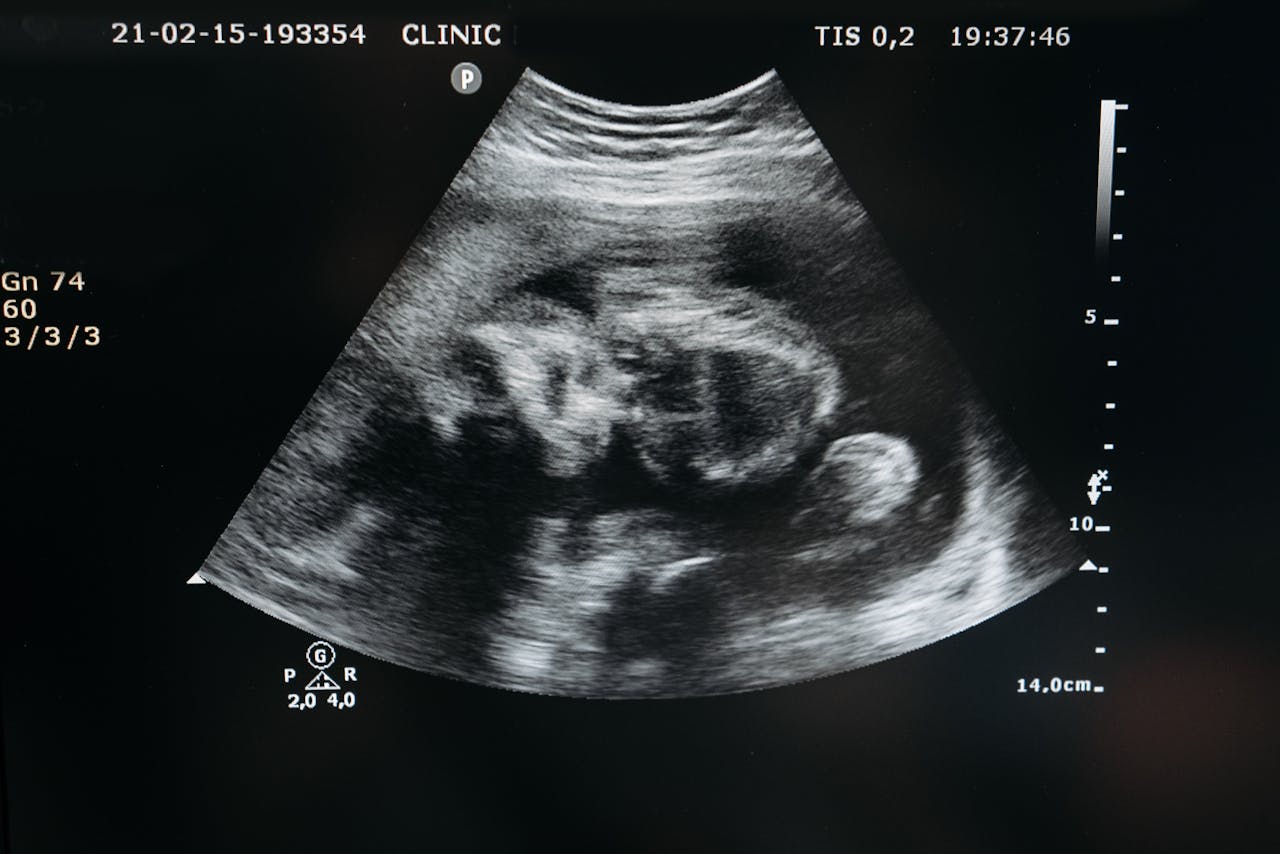
Expert Guidance
Access a wealth of knowledge from healthcare professionals to make informed decisions during pregnancy. We’re with you every step of the way.
Natural Remedies
Explore effective home remedies that support health and wellness throughout pregnancy. Embrace holistic approaches to care for you and your baby.
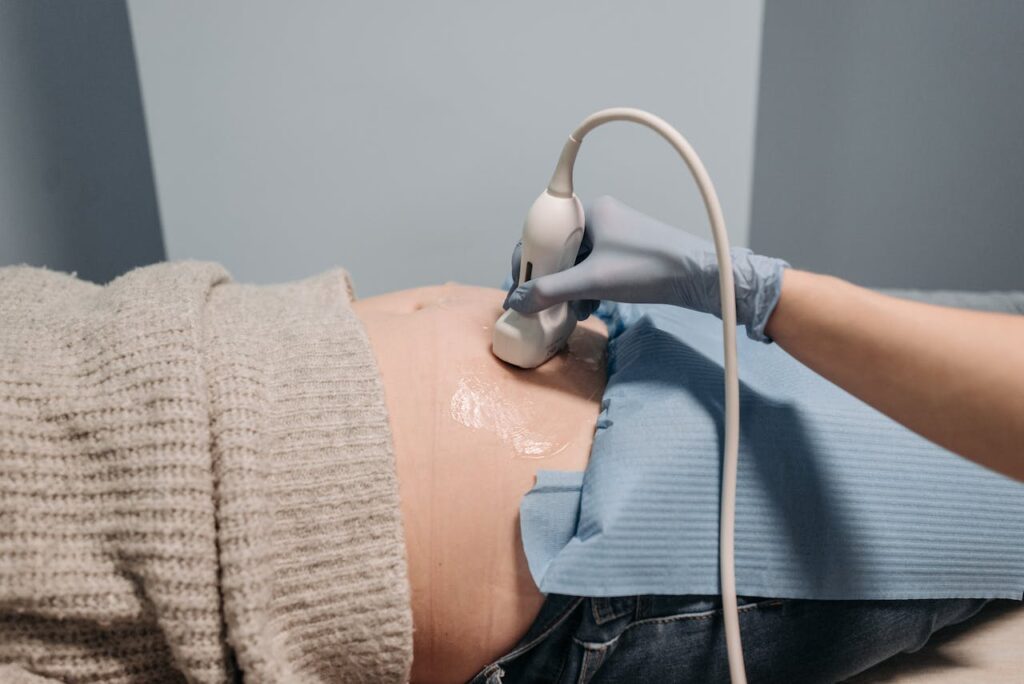


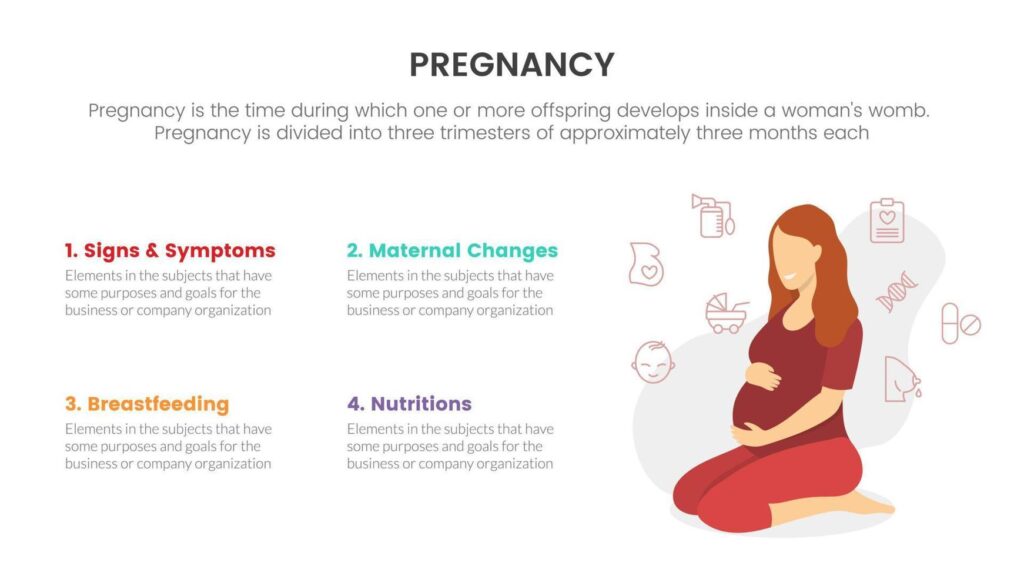
News
Perfect LASIK Surgery Success Stories That Will Inspire You
Introduction For many people, the thought of living without glasses or contact lenses feels like…
Top Tips to Reduce Your SMILE Eye Surgery Cost Without Compromising Quality
SMILE eye surgery, a revolutionary procedure for vision correction, offers many benefits, including minimal invasiveness…
Breaking Down SMILE Laser Eye Surgery Cost: Is It Worth the Investment?
In recent years, SMILE (Small Incision Lenticule Extraction) laser eye surgery has emerged as a…
Everything You Need to Know About Laser Eye Surgery: Benefits, Risks, and Recovery
Laser eye surgery has revolutionized the way people address vision problems. With advanced technology and…
Glaucoma Surgery: Types, Success Rates, and What to Expect During Recovery
Glaucoma is a progressive eye condition that, if left untreated, can lead to vision loss…
When is the Best Time to Get Pregnant?
When it comes to planning your pregnancy, you need to make sure you are ready…
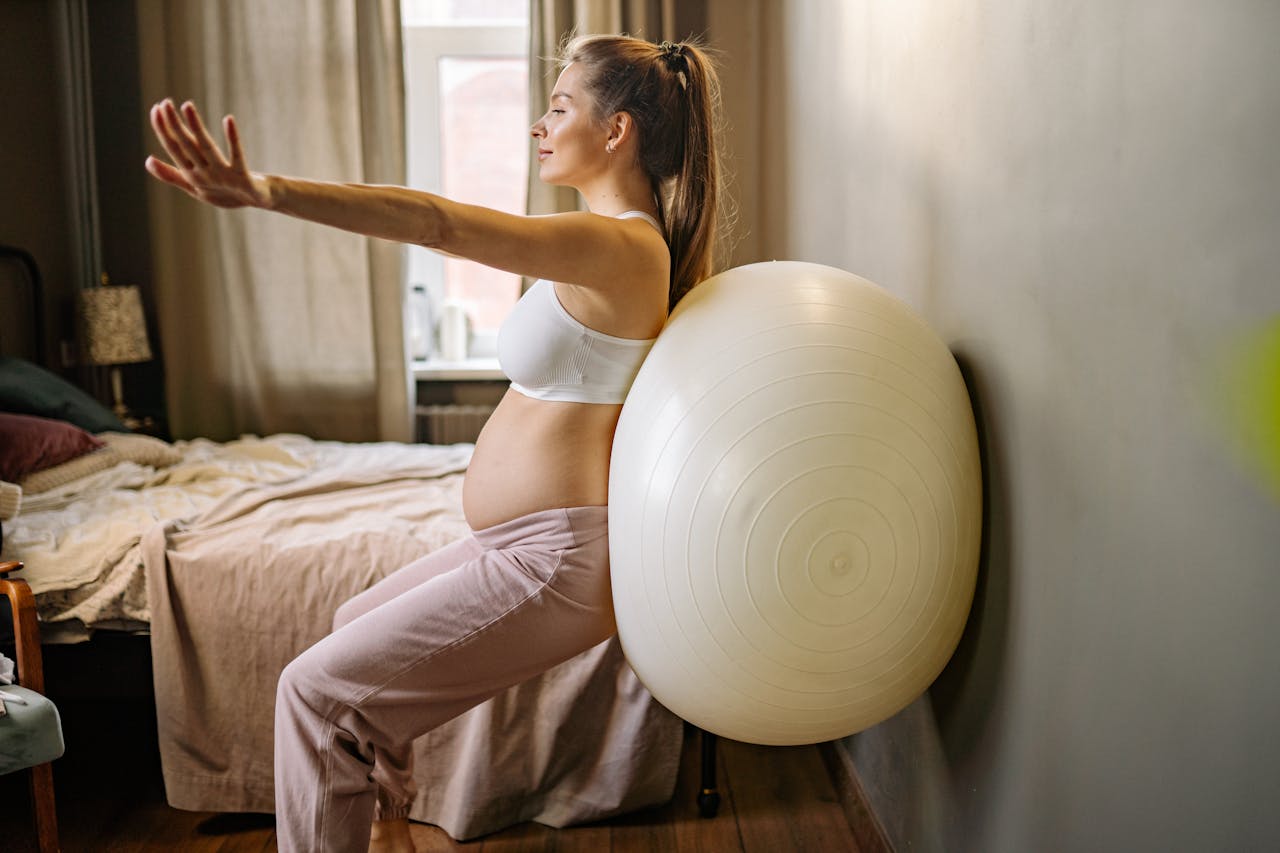

Our Process
How We Support Your Pregnancy Journey
What Others Say

